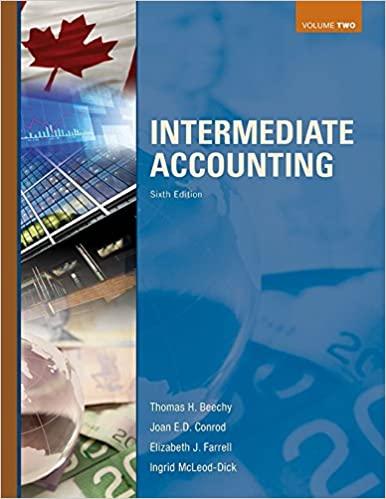Answered step by step
Verified Expert Solution
Question
1 Approved Answer
TEST II:Multiple Choice 20 points Fixed costs Remain constant in total as volume changes Are fixed per unit as volume changes Increase in per unit
TEST II:Multiple Choice 20 points
- Fixed costs
- Remain constant in total as volume changes
- Are fixed per unit as volume changes
- Increase in per unit as volume increases
- Are always product cost.
- Contribution margin is equal to
- Revenue minus variable costs
- Fixed costs plus profit before tax
- Contribution margin per unit multiplied by number of units sold
- All of the above
- At break-even point, fixed cost is always
- Less than the contribution margin c. More than the contribution margin
- Equal to the contribution margin d. More than the variable costs
- Margin of safety reveals the amount by which sales could decrease before losses occur is computed by
- Subtracting variable costs form sales
- Adding variable costs and fixed costs
- Subtracting break-even sales from actual sales
- Adding contribution margin and fixed costs
- In using cost-volume-profit analysis to calculate the expected sales level expressed in units, a predicted operating loss would be
- Added to the fixed costs in the numerator
- Added to the fixed costs in the denominator
- Subtracted from fixed costs in the numerator
- Subtracted from fixed costs in the denominator
- The type of costs presented to management for an equipment replacement decision should be limited to
- Relevant costs c. Standard costs
- Controllable costs d. Conversion costs
- In a make or buy decision
- Only variable costs are relevant
- Fixed costs that can avoided in the future are relevant
- Fixed costs that will continue regardless of the decision are relevant
- Only conversion costs are relevant
- In considering special order situation that will enable a company to make use of presently idle capacity, which of the following costs would be irrelevant?
- Raw materials
- Depreciation
- Direct labor
- Variable overhead
- A cost incurred in the past and hence irrelevant for current decision making is s
- Fixed cost c. Sunk cost
- Discretionary cost d. Direct cost
- Which of the following is not a short-term decision?
- Accept special order
- Make or buy a component
- Replacement of a machine
- Sell a joint product at split-off or process further.
Step by Step Solution
There are 3 Steps involved in it
Step: 1

Get Instant Access to Expert-Tailored Solutions
See step-by-step solutions with expert insights and AI powered tools for academic success
Step: 2

Step: 3

Ace Your Homework with AI
Get the answers you need in no time with our AI-driven, step-by-step assistance
Get Started


